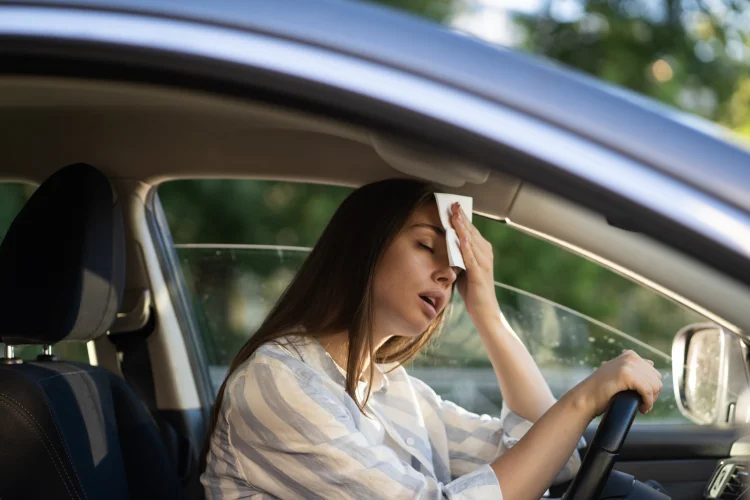Can Humidity Cause the Check Engine Light to Come On?
check engine light humidity
5,794Have you ever noticed your check engine light turn on after a humid or rainy day and wondered if there’s a connection? You're not alone. While humidity itself doesn’t directly cause mechanical failure, it can absolutely contribute to the conditions that trigger your vehicle’s check engine light. Here's how—and what you can do about it.

Understanding the Check Engine Light
Your check engine light (CEL) is part of your car’s onboard diagnostics system (OBD-II). It turns on when the system detects an issue with your vehicle’s performance or emissions. That could be anything from a loose gas cap to a misfiring engine. Moisture, rain, and high humidity can interfere with several components of this system.
3 Ways Humidity Can Trigger the Check Engine Light
1. Moisture in Electrical Connections
High humidity and rain increases the risk of condensation forming inside your vehicle’s engine bay, especially around exposed sensors and electrical connectors. This moisture can:
-
Disrupt signal transmission
-
Corrode sensor pins
-
Cause false readings
Common sensors affected include:
-
Mass airflow sensor (MAF)
-
Oxygen sensors (O2)
-
Crankshaft or camshaft position sensors
If these sensors send erratic signals, the computer may trigger the check engine light.
2. Evaporative Emissions System (EVAP) Issues
The EVAP system captures fuel vapors from the gas tank and routes them to be burned in the engine. When humidity is high, or after a rainstorm, water can make its way into the system through a cracked hose or a faulty gas cap seal.
Symptoms of EVAP trouble caused by moisture:
-
Check engine light on
-
Gasoline smell around the car
-
Trouble filling the gas tank
3. Air-Fuel Ratio Disruption
Humidity and hot weather affects the density of the air entering your engine. When the air is saturated with water vapor, your vehicle’s sensors might misinterpret this as a change in air composition. If your car can’t adjust properly, it could run rich or lean, triggering the CEL.
What To Do If Your Check Engine Light Comes On in Humid Conditions
-
Check for the Obvious: Make sure your gas cap is tightly sealed and not cracked.
-
Scan for Codes: Use an OBD-II scanner to check for trouble codes. Most auto parts stores will do this for free.
-
Dry Out Electrical Connectors: If you suspect moisture, inspect visible connectors and gently dry them out.
-
Visit a Mechanic: If the light persists, have a technician check for sensor faults, especially in the EVAP or air intake systems.
Can You Keep Driving?
If the check engine light is steady (not flashing), you can usually continue driving short distances. However, it's best to address the issue soon to avoid long-term damage or performance loss.
Final Thoughts
While humidity isn’t a direct culprit, it can lead to conditions that confuse your vehicle’s sensors and cause the check engine light to come on. If your CEL shows up during wet or humid weather, don’t ignore it—check the basics, run a scan, and consult a mechanic if needed.
TL;DR: Wondering if humidity can trigger your check engine light? While humidity doesn't directly damage your engine, it can interfere with sensors and systems, causing the light to come on. Learn how moisture affects your car’s electronics, what common issues to look for, and what steps to take if your check engine light appears on a humid day.
— Demetrius McGee
